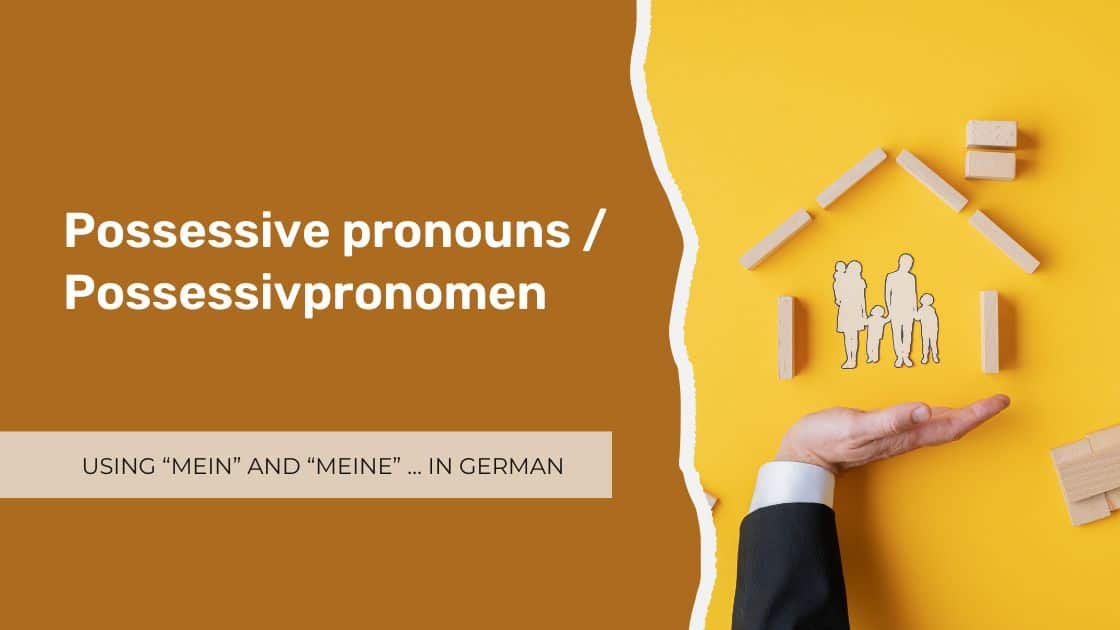When Do You Add -n in the Dative Plural in German?
German learners often get confused about when to add the -n in the dative plural. It’s one of those small details that can trip you up, even if you already understand the cases. But don’t worry—this article will walk you through the rule step by step so you can use it with confidence.
Recommended study materials on the topic:
A-Grammar: Practice German grammar German (incl. answers)
B-Grammar: Practice German grammar German (incl. answers)
German self-study book for A1-B1 (incl. answers)
________________________
What Is the Dative Case?
The dative case shows who is receiving something or for whom something is done. It's often used after certain verbs or prepositions. In English, we usually show this with word order or by using “to” or “for.”
Examples:
Ich gebe dem Mann das Buch.
(I give the book to the man.)Sie hilft dem Kind.
(She helps the child.)
But what happens when you’re talking about more than one person or thing? That’s when German dative plural rules come in.
Support my free blog content with a kind donation.
Thank you!
The Golden Rule: Add -n in Dative Plural
Here’s the rule: In the dative plural, add -n to the noun—unless the noun already ends in -n or -s in its plural form.
This rule helps German speakers hear the case clearly and keeps sentences flowing smoothly.
Let’s See It in Action
Examples where you add -n:
Ich spreche mit den Freunden.
(der Freund → die Freunde → den Freunden)Sie hilft den Kindern.
(das Kind → die Kinder → den Kindern)Wir danken den Männern.
(der Mann → die Männer → den Männern)
In each case, the original plural doesn't end in -n, so we add it for the dative plural.
Examples where you do not add -n:
Ich schreibe den Frauen.
(die Frau → die Frauen → stays den Frauen)Er antwortet den Autos.
(das Auto → die Autos → stays die Autos)
If the plural already ends in -n or -s, you’re done—no need to add anything!
Remember: In German grammar, always add an "n" in the dative plural, unless the plural noun already ends in "n" or "s".
Why Does This Matter?
Getting the German dative plural rules right helps your German sound more natural and fluent. It’s a small detail, but one that native speakers will definitely notice. Plus, it makes reading and listening easier because this little “-n” gives a clue about the sentence structure.
Conclusion
With a little practice, you’ll start hearing and using it naturally in your German. Want more tips like this? Check out our other grammar guides — and keep learning with confidence.
Bis bald und viel Erfolg beim Deutschlernen!
Steffie
Related Posts
Hi there, I'm Stefanie, the author of the blog post you're reading.
Please support my work!
Search blog



Did you start studying German? Now you get lost in the cases? After reading this article, you will know when and how to use Genitiv!